The Red Bull RB17 is a dramatic track-only hypercar that can lap quicker than a Formula 1 car, according to its creator, Adrian Newey.
The 1184bhp, V10-powered RB17 is the design legend’s swansong at Red Bull ahead of his departure from the group and has been revealed at the 2024 Goodwood Festival of Speed. A limited run of 50 examples will be produced.
The two-seat RB17 has been in its concept design phase for three years. Newey kick-started the project in 2021 while developing the F1 car that took Max Verstappen to his first world title and also while researching the then-new F1 regulations that would come into effect in 2022.
Development of the RB17, which has a top speed in excess of 217mph, will now ramp up, including the first firing of the Cosworth-developed engine on the dyno later this summer. The car is expected to turn a wheel for the first time in track testing next summer.
Principal of Red Bull Racing, Chrstian Horner, cited the lack of regulation and F1 cost cap as a motivation to create the car, and also said “that’s why it’s f**king expensive”
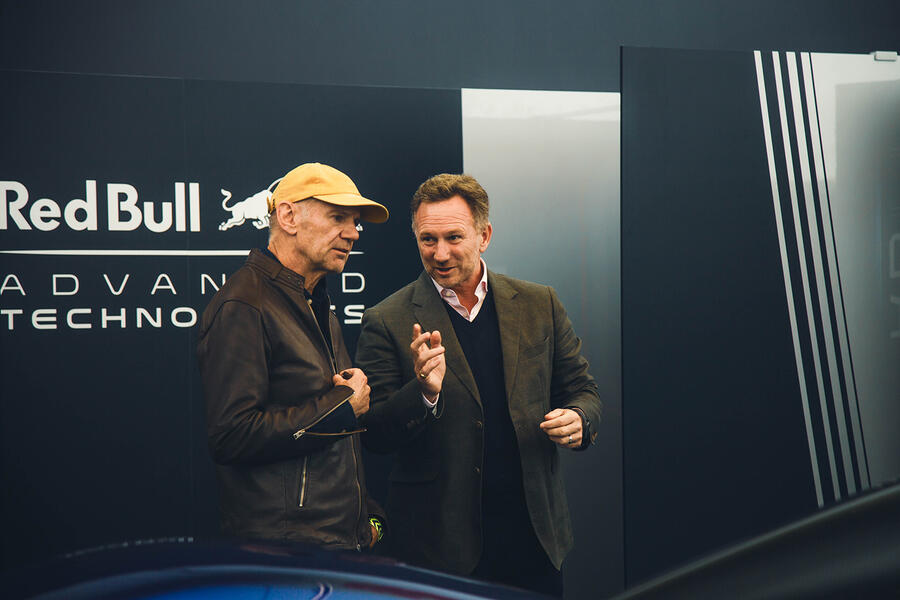
The RB17 is a successor of sorts to the Aston Martin Valkyrie, the first road car Newey was heavily involved in the engineering of during a now defunct tie-up between Aston and Red Bull. But whereas the Valkyrie was designed to be road legal, the RB17 is a pure track machine created by a team of around 120 engineers at Red Bull Advanced Technologies.
The specification of the RB17 reads almost like Newey’s greatest hits and includes active aerodynamics and suspension systems that he has pioneered in F1 in hugely successful technical roles at teams such as McLaren, Williams and Red Bull that have made him widely regarded as the greatest designer in the sport’s history.

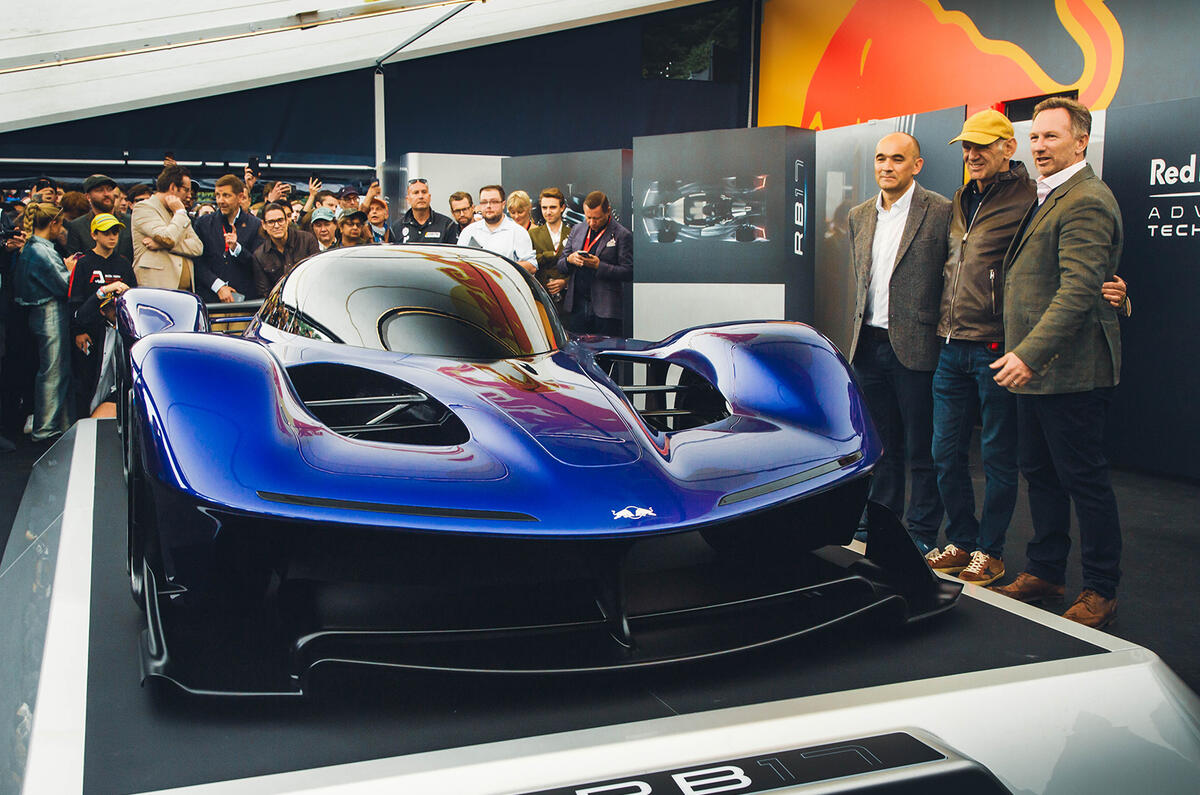
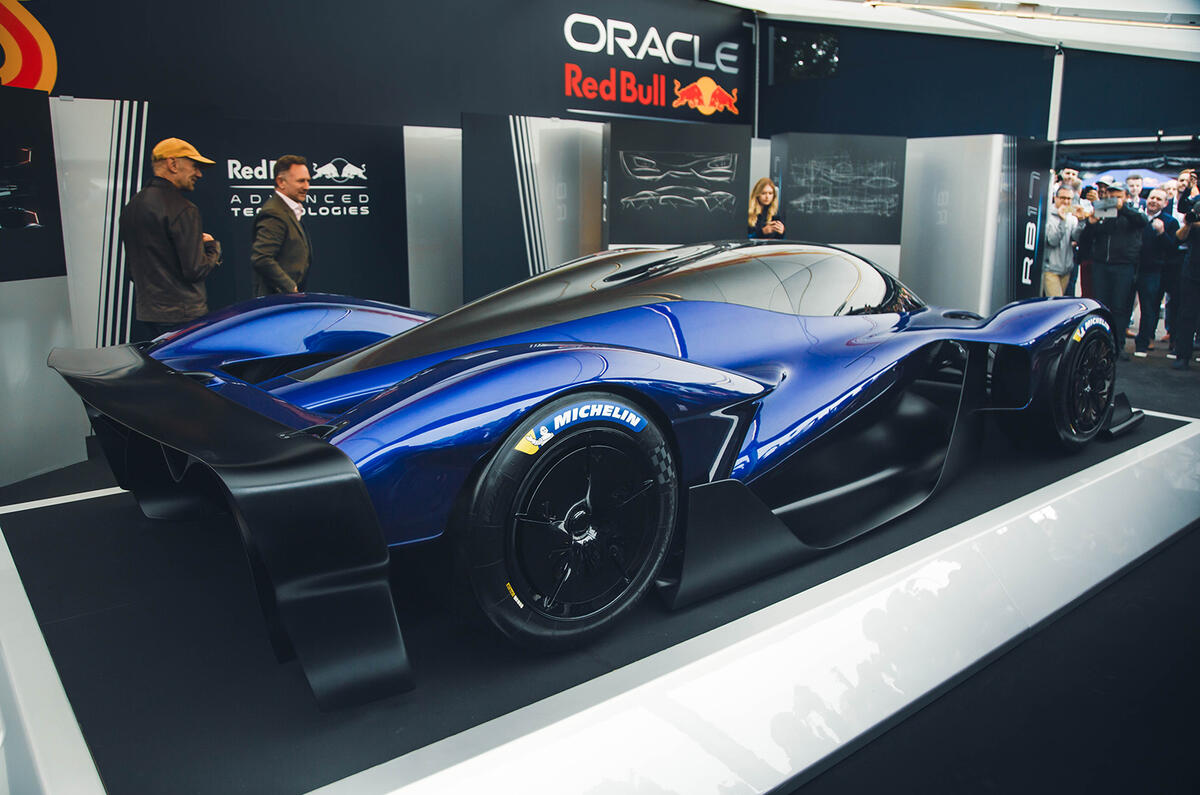
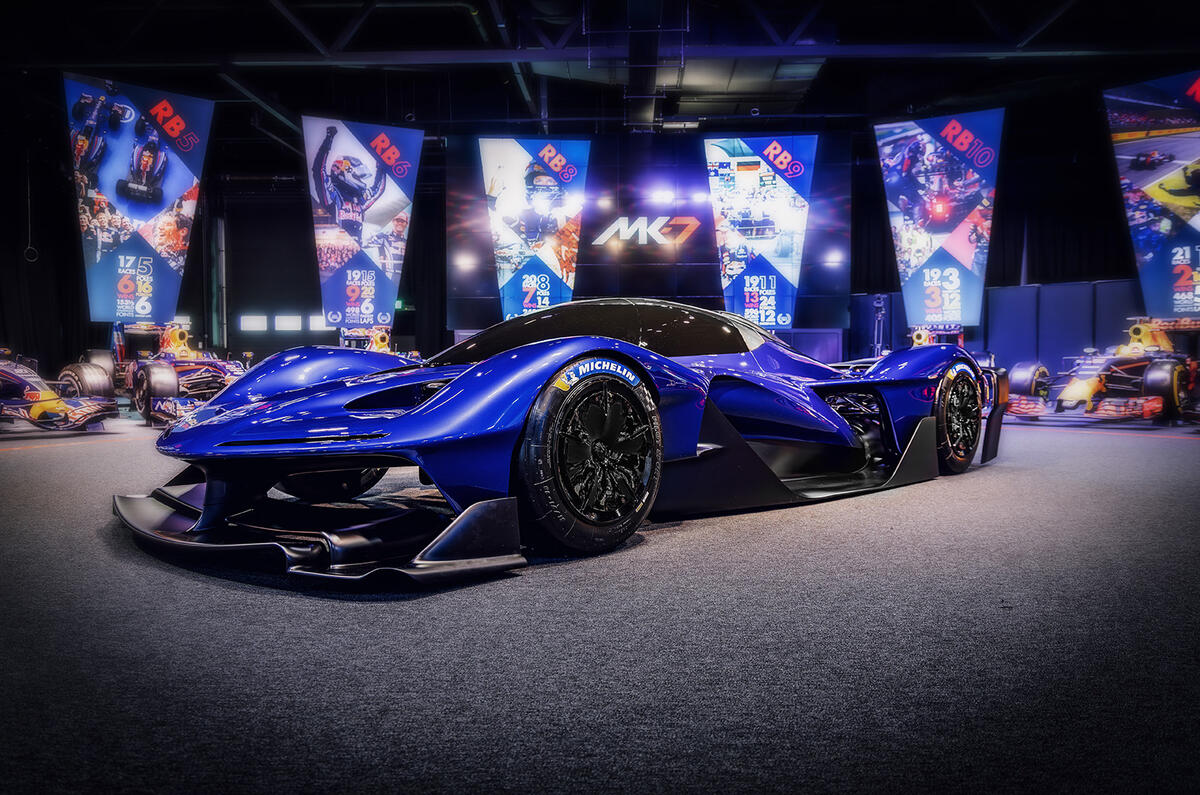
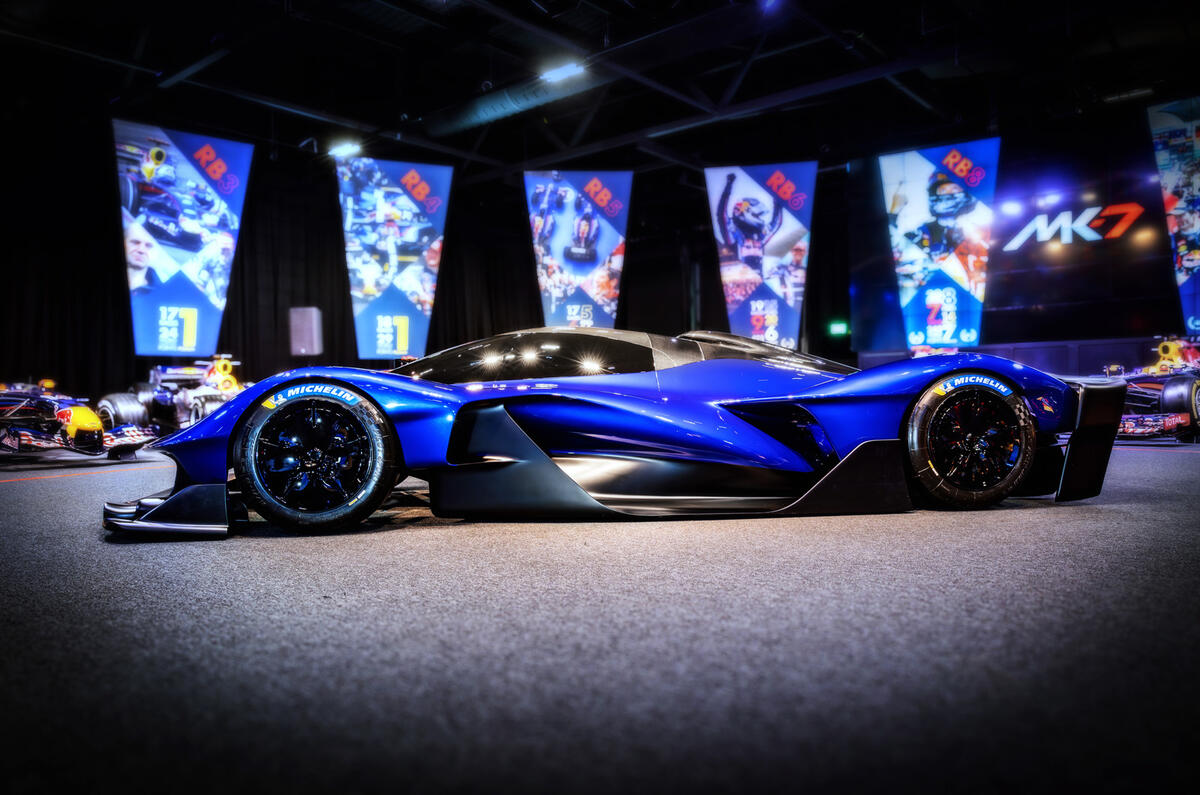
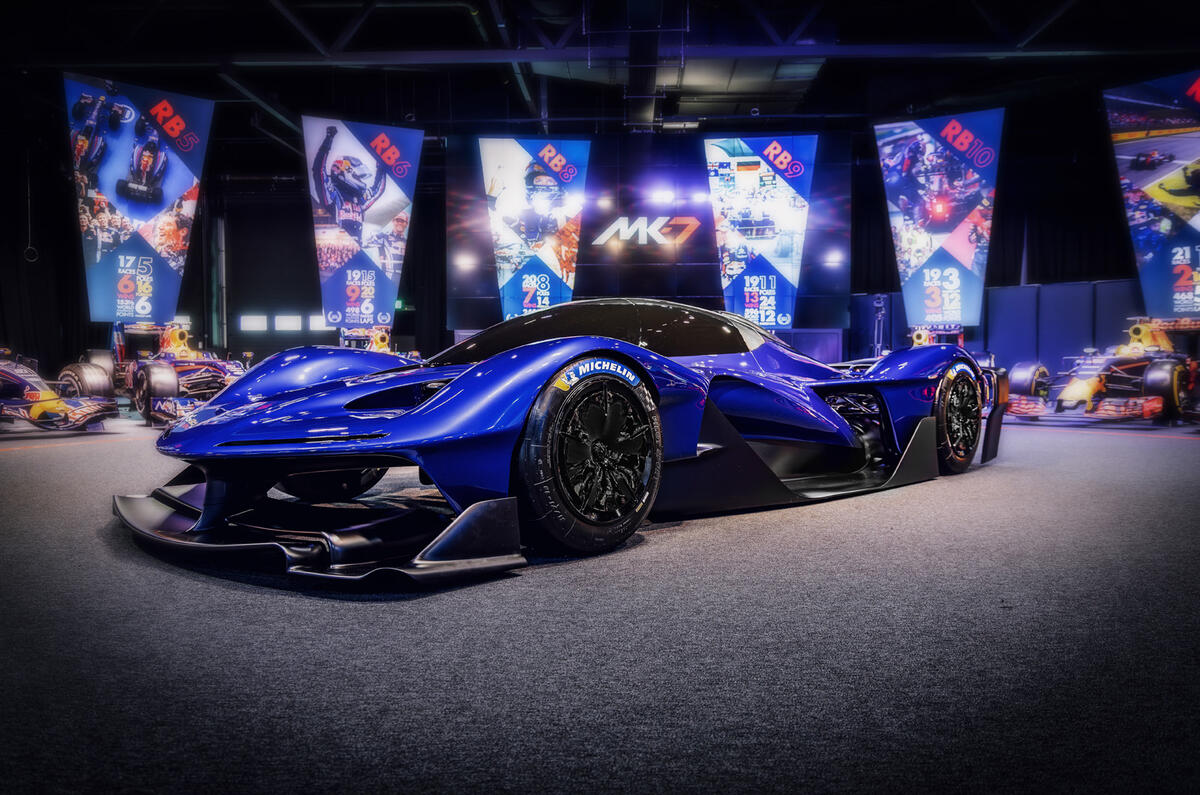
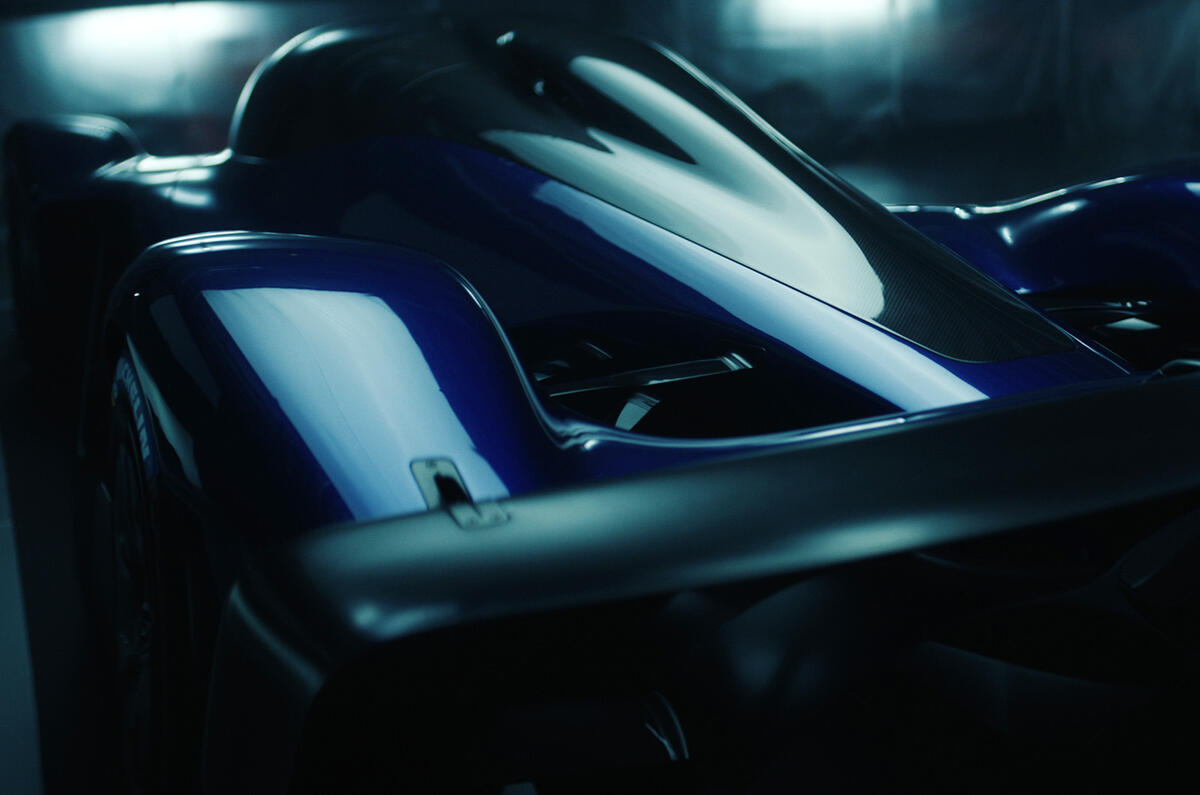
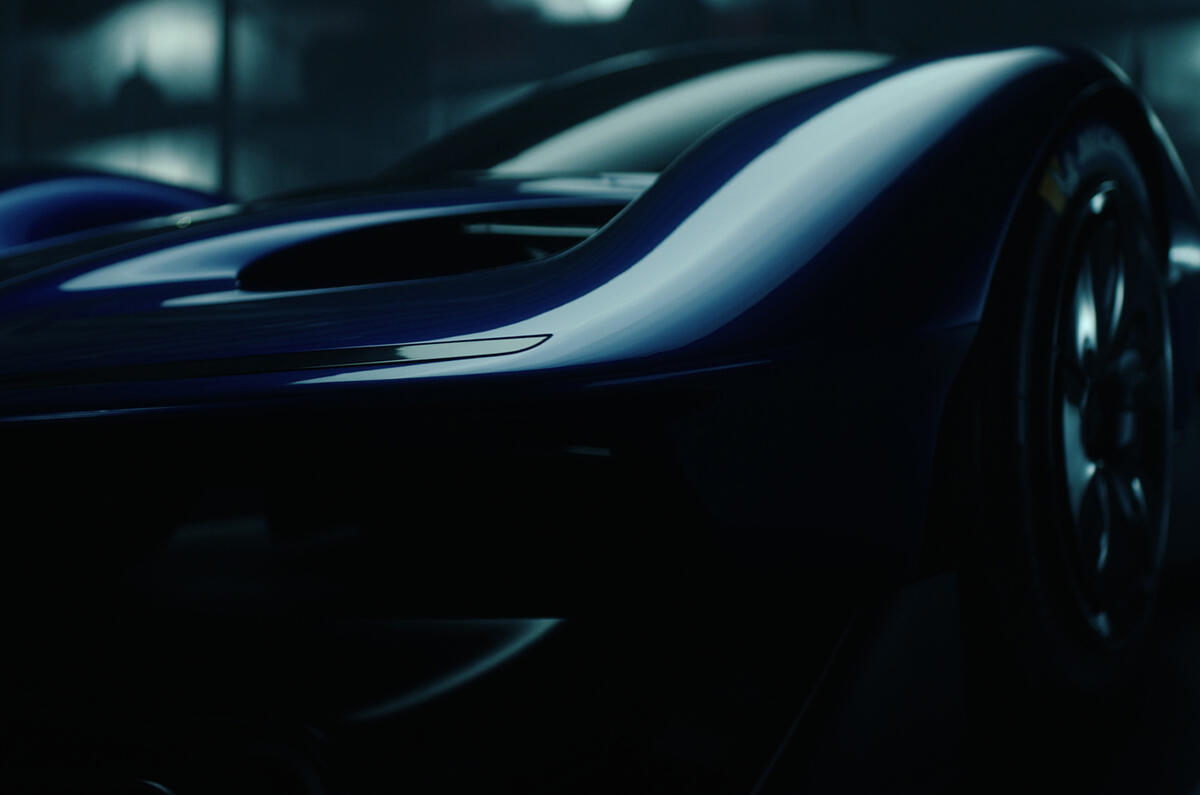
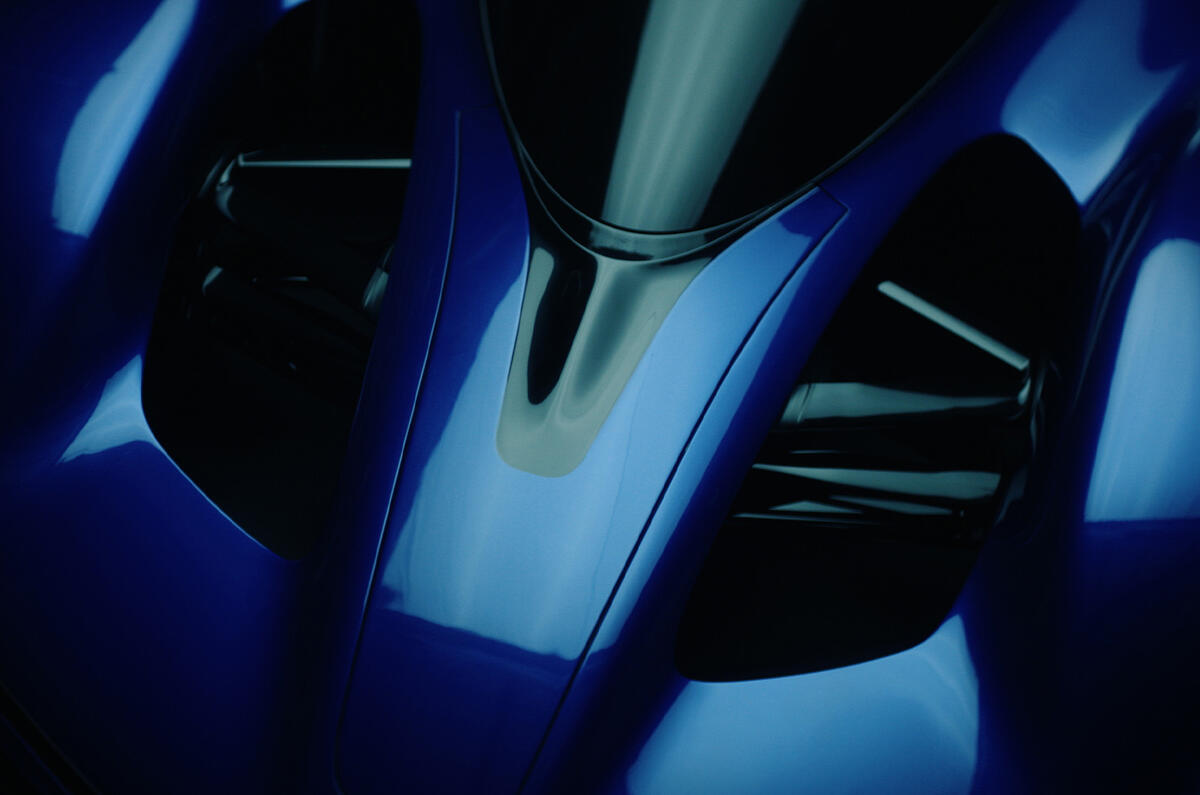
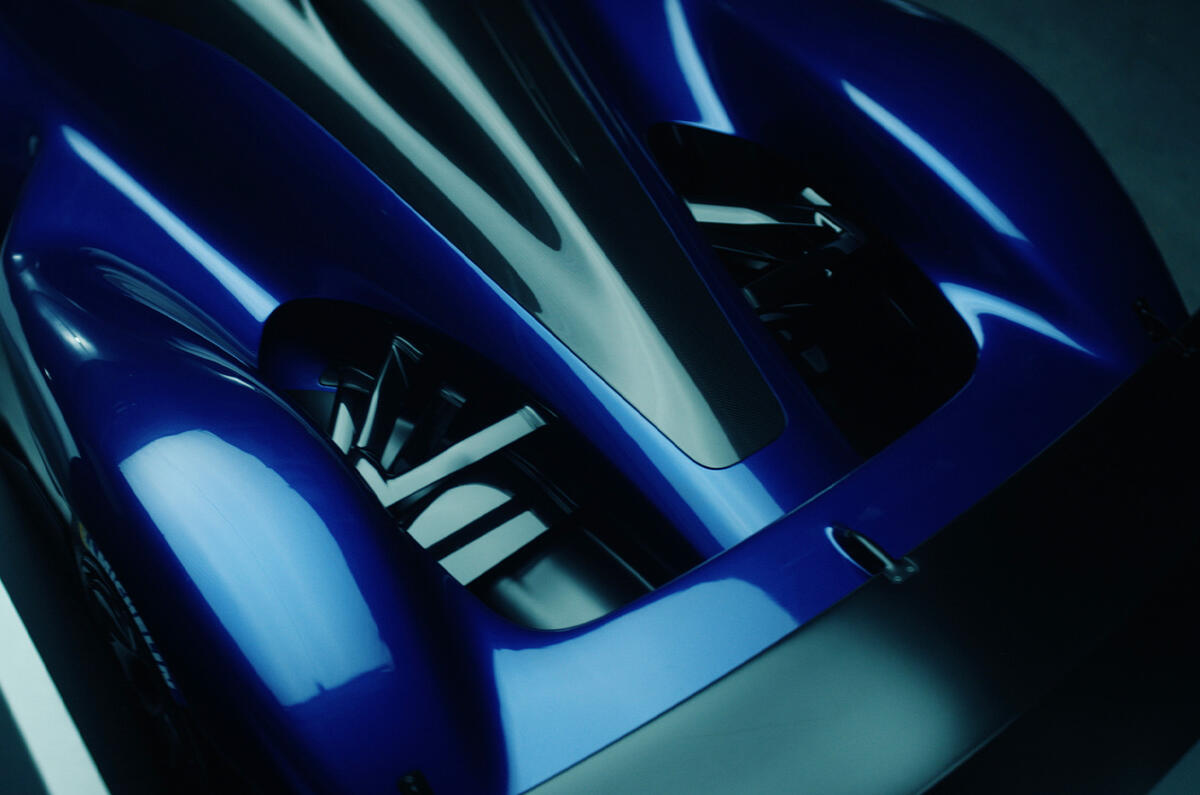
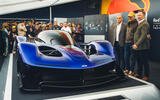









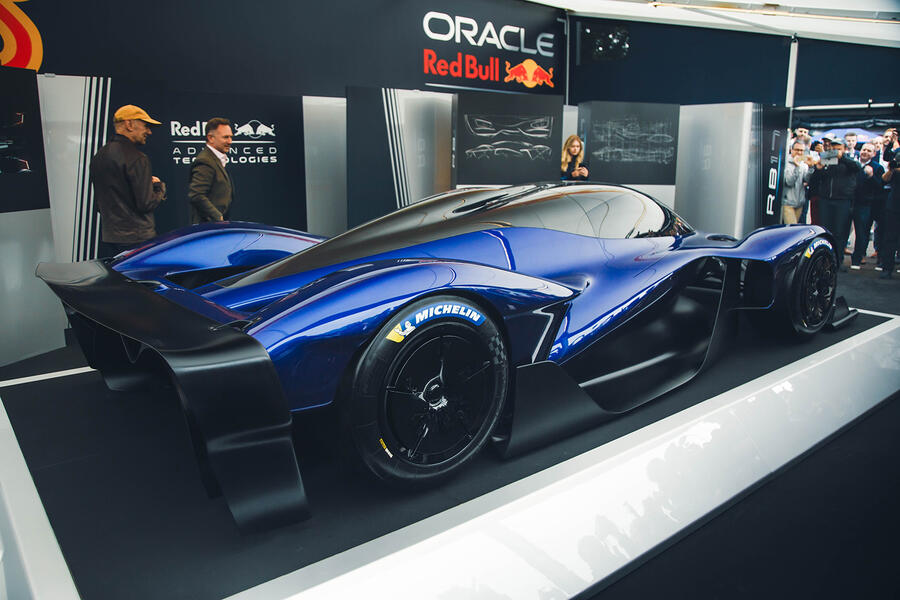
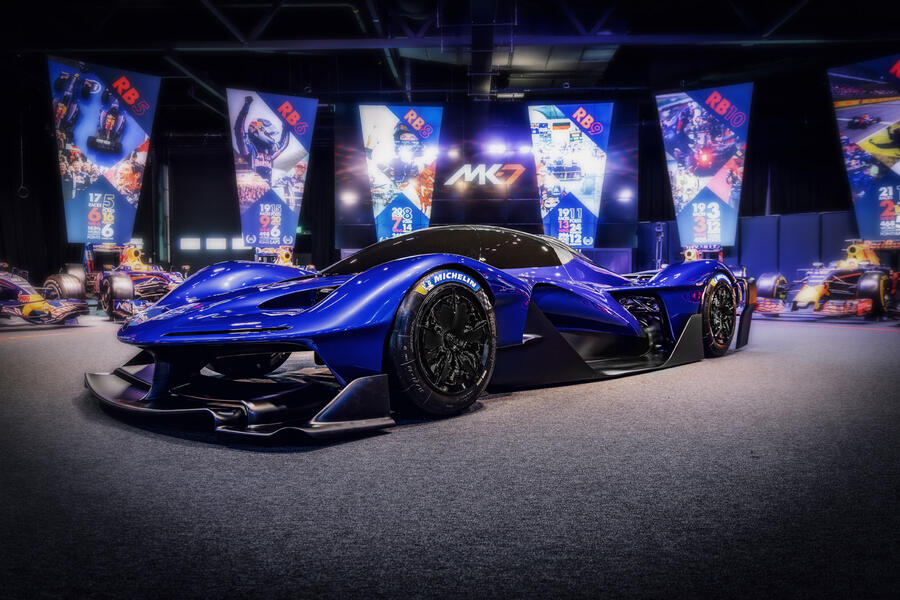






Join the debate
Add your comment
I know this is a facile comment but: why on earth would anyone buy this? I suppose you could hang it on a wall in the salon of your luxury home? But what else? Track days are horrendous - just a lot of (usually) older blokes driving around a few times off the racing line and then coming back into the pits for a gin'n'tonic and sandwiches with the crusts cut off. Total waste of time. Comment about "being able to do an F1 time" is total rowlocks as it suggests Mr (or Mrs/Ms) billionaire will have Verstappen like talents when, in reality, they will be at least 12/15 seconds a lap slower in the same car if they could even fit into it. Good luck to Mr Newey for getting his fantasy project supported financially but, again, I genuinely can't see why they would be able to sell one of them let along 50. For a fraction of the price you could buy a Zonda; something you could actually use.
Fffing expensive is £6,000,000. Ok?
Oh dear! The lengths you go to to indulge your great designer to keep him, but he leaves anyway.
Not only that but he conceives a massively complicated car that'll be a millstone round the neck of Red Bull long after Newey has sailed off into an Italian (?) sunset.
Not really sure why they're bothering tbh.